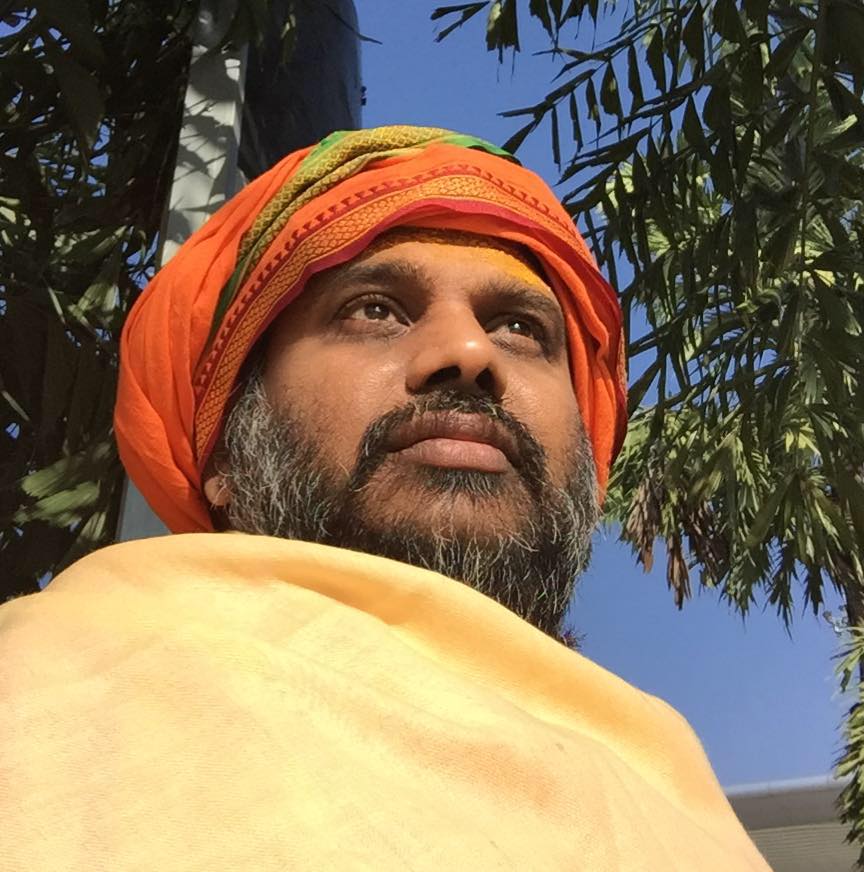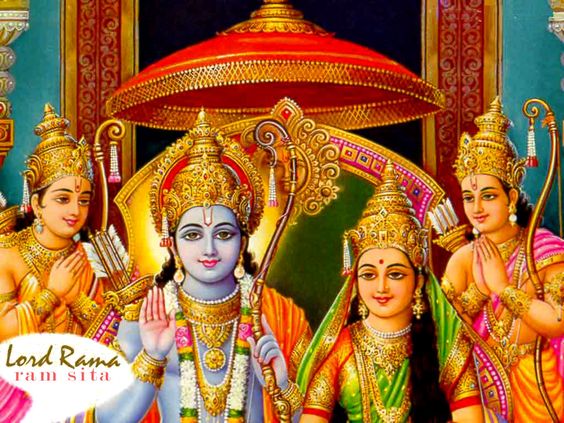
Welcome to read the Articles by
Dr Vamshi Krishna Ghanapaathi
• Academic, Author, Administrator • Scholar of 4 Vedas, Shaastra
•Speaker in English, Sanskrit, Telugu, Kannada, Hindi
|
|
Welcome to read the Articles byDr Vamshi Krishna Ghanapaathi• Academic, Author, Administrator • Scholar of 4 Vedas, Shaastra •Speaker in English, Sanskrit, Telugu, Kannada, Hindi |
||||
<Home> <Live Page> |
Articles |
Poetry |
Videos |
Admin Works |
|

Sl# |
Name |
Number of Letters per Section (Paada) |
Number of Paadas (Sections) |
Total Number of Letters in the Chhandas |
1 |
Gaayatree |
8 |
3 |
24 |
2 |
Trishtup |
11 |
3/ 4 |
33/ 44 |
3 |
Jagatee |
12 |
4 |
48 |
4 |
Anushtup |
8 |
4 |
32 |
5 |
Pankti |
8 |
5 |
40 |
6 |
Bruhatee |
12 |
3 |
36 |
7 |
Shakvaree |
7 |
Sarve JanaasSukhino Bhavantu